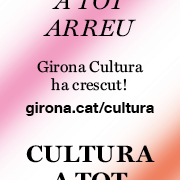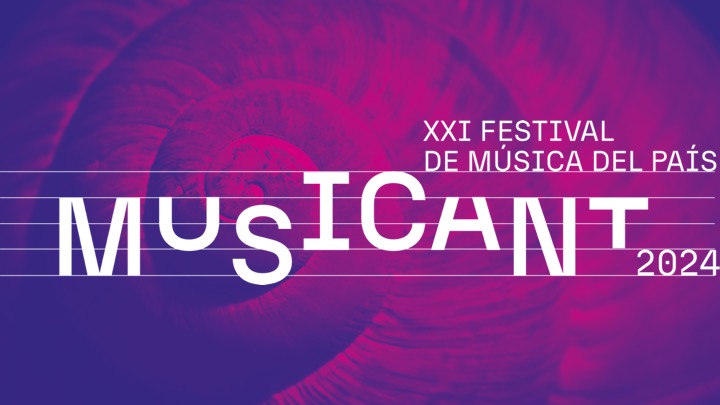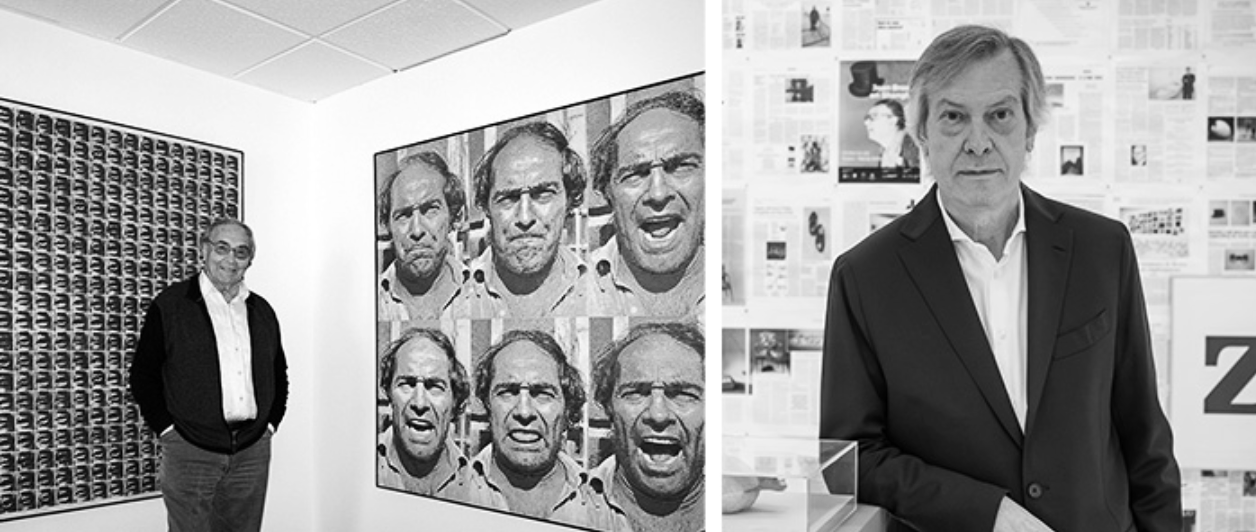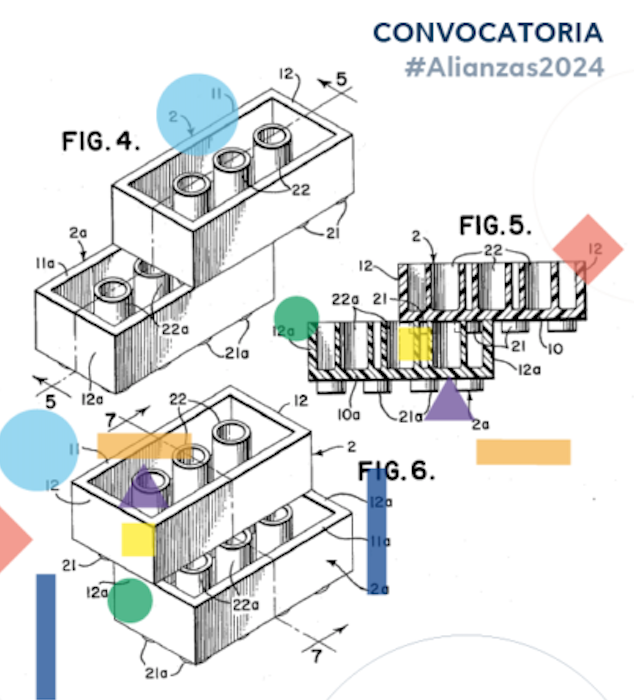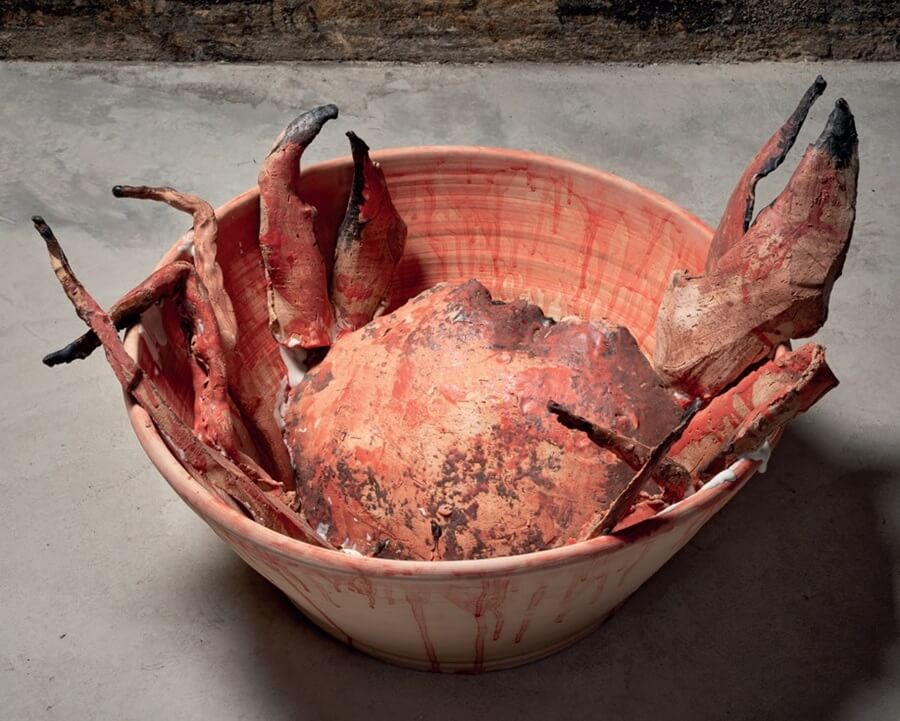library
Radar Altaión
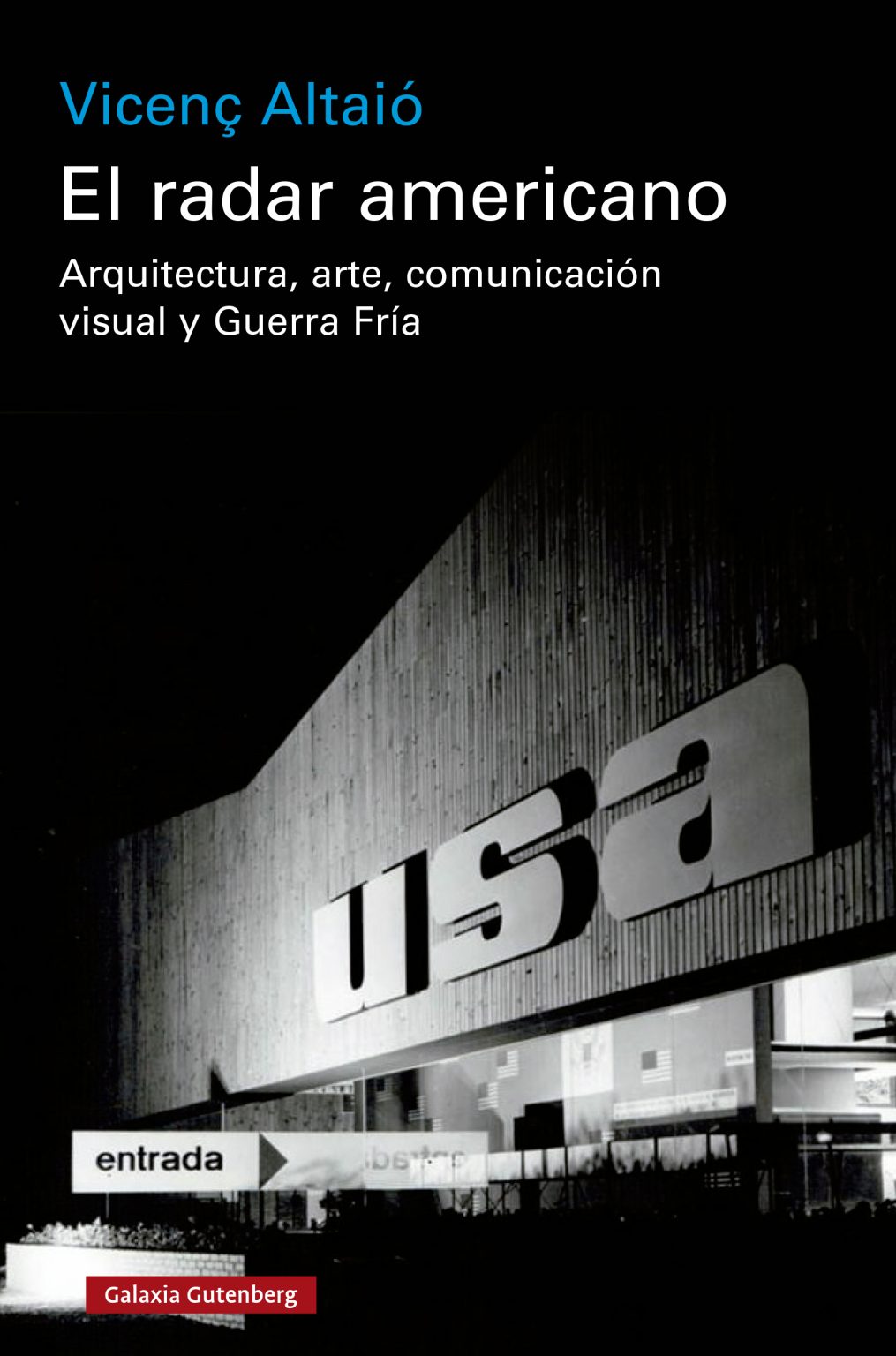
Vicenç Altaió is an interdisciplinary being who lives in permanent movement. This has led him down several paths: poetry, art, science, acting and cultural management. Even so, I did not know about his exegetical activity around an archive until the recent publication of the book of historical essays The American Radar, Gutenberg Galaxy in two languages. The book is a research that has resulted in an extensive and rigorous document with a single protagonist: Lanfranco Bombelli. It takes place in a historical period that goes from 1940 to 1982, passes through several geographical areas such as Milan, Zurich, Paris and culminates in Cadaqués. I will not now go into the extensive content of the book, which I recommend reading carefully and which has already been chronicled extensively.
Here I will treat the book as a manifesto, as a clear ideological and creative program of Vicenç Altaió himself. This is possible because he belongs to that kind of art writers who, in talking about others, make a perfect x-ray of themselves. Quite a rarity with which I feel identified.
To argue this, I will start at the end of the book. Bombelli's tomb was designed, created by himself using the keys of the "Movimento Arte Concreta" in Milan to which he belonged since 1948, his admiration for Bruno Munari, Dorfles or the Swiss Max Bill or Paul Lhose discovered the natural mathematics of the Fibonacci series and the rigorous geometry of the square and rectangle, double spirals or the mystery of the Pythagorean triangle. Bombelli was an artist and also a collector of concrete art, therefore, the result of his funerary sculptural project could not be otherwise than the continuation of his fascination with order, as described with exact precision by Vicenç Altaió: "the first pavement is a square made of three stones also square, on top of which are placed two regular pieces of an equilateral triangle, of black marble. ... Attached to this first body is another larger one which adds to the dimensions of the previous one another row of tiles from side to side which gives as a result a rectangle five wide by seven long. In the last strip two tiles are removed and thus we have three full and two empty, making five. In the same proportion and equivalence, the volumetric body unfolds between the full and the empty... The result is a variable in three dimensions of the first composition that Bombelli had presented at the exhibition Arte astratta e concreta in the Palazzo ex reale in Milan in 1947".
This description says everything about the book's protagonist, but it says even more about Vicenç Altaió's poetry. Certainly, beyond his homage to Bombelli I see what I have always considered fundamental in Altaió's work, perhaps one of the most powerful enigmas of his poetics and his thought, that is to say the balance, the difficult tension and subtle between Reason and Passion.
In order to strengthen the argument, I will say that it is no coincidence that Altaió chose Albert Serra to present his book in Cadaqués. This duality between the principle of reality of a classicist era, the calculation, the measure, the reason represented by the also multifaceted Venetian author, faced with the beginning of the stormy romantic modernity, nourished by an extreme subjectivism, the orgiastic night and the chaos of poetic indeterminacy.
To continue to strengthen the argument it is necessary to go from one book to another. In the Radar book, the artist Tom Carr, a friend of Bombelli's and with whom Altaió published his poetry book El Jo-Ull a couple of years ago, is quoted, with a foreword by Marc Arnal, also a recent interlocutor at the Radar presentations. In his long collaboration with Tom Carr, words such as light, continuous line, numbers, helix, spiral and above all the self associated with the physical fact, the eyeball that allows the gaze that constructs a point of view on the world are common.
In El Jo-Ull, Vicenç writes a fascinated poem full of delirium and reason around mathematical precision as it is: "The birth of 3 coming from 2", he says at the beginning "If at zero we offer nothing/space in white, nothing more and we look for it by turning/ fast/ the hallucinatory / divine halo/ the drift of art that encircles us/ encloses in itself the beginning and the end" ......." Two opposing helices, and three making infinite the finite inside outside"
Al Radar continues with this double reality, on the one hand, the historical science and documentary rigor typical of a man who admires the rational forms of concrete art, a kind of classicist mathematics of the form Bombelli and the 'other the poet pulled away.
Once again, Altaió with his special Radar has detected in this book what is typical of the eccentric force of the romantic-dadaist tradition that he represents perfectly and the need for geometry of a concrete art creator like Lanfranco Bombelli



